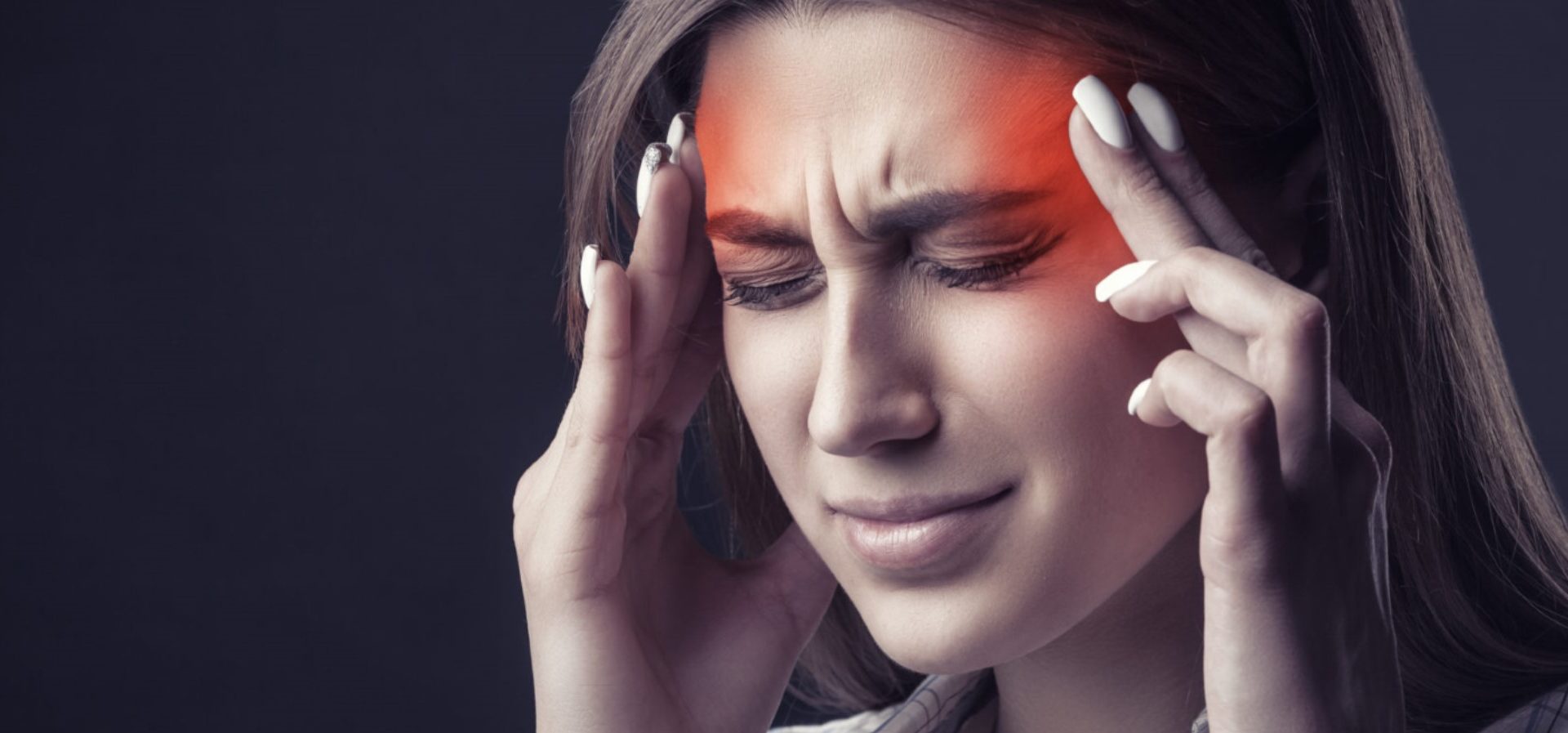WHAT IS A MIGRAINE?
We may have all experienced a headache at some point in our lives but some of us have had the unfortunate experience of a severe headache, also known as a migraine.
These are dreadful occurrences which many describe as a headache but 10 x worse and sometimes lead to nausea or in worse cases vomiting.
Let’s have a look and see what exactly a migraine is, best way to cope if you experience one and how to prevent them.
A person who has experienced a migraine will know the difference between that and a normal headache. Migraines can cause pulsing in the veins, often near the head. There is often mention of intense pain and a sensitivity to light and noise.
A migraine is a complex condition with no one definition or set of symptoms. Researchers have been able to link the condition with the stability or rather instability of the brain to deal with /react to sensory information. The reaction of course is influenced by physiological circumstances such as activity, nutrition, sleep, stress etc. Genetics may also play a large role.
The World Health organisation (WHO) has classified migraines into 4 (sometimes 5) stages:
- Prodome, warning phase, premonitory phase
- Aura phase (not always experienced)
- Main attack/headache phase
- Postdromal/recovery phase
Let’s go through each phase in more details.
- Phase 1
- This is the lead up to the migraine. Symptoms vary from person to person can could be tiredness, mood swings, food cravings, irritability and muscles tension.
- Phase 2
- The Aura phase contains many various symptoms preheadache. Visually, some sufferers see/experience light spots/shapes/blind spots. These are also known as scotomas. Sometimes individuals even lose vision in one or both eyes momentarily. Physically, vertigo or the feeling of spinning can occur in this phase too. There could also be numbness or tingling Mentally, sufferers have experienced confusion, blurred speech, hearing impediments and memory loss
- Phase 3
- This is the actual headache/attack phase which ranges from severe to unbearable. The feeling has been described as throbbing, tension & tightness. Nausea and sometimes even vomiting can occur in this phase. The Headache may be on one side of the head or on both
- Phase 4
- The time expectancy for this is unknown and varies tremendously among sufferers. Some people can sleep off a migraine. Others use drugs to resolve the issue. Some sufferers feel better straight away after the headaches has stopped and others have the feeling of ‘hangover’ which can last a few hours or even a day.
There is not one said cure/prevention method for migraines but there are a number of way to reduce the impact, prevent the onset of a migraine and limit the symptoms and length of the migraine.
Listed below are some treatment methods have provided relief for many sufferers:
- Drugs
- Lifestyle changes
- Nerve therapy
- Botox injections
- Acupuncture
- Physical therapy
- Supplements & herbs
If you do think you suffer from migraines, speak to your doctor or preferred health care specialist and find out what the best treatment options are for you.







